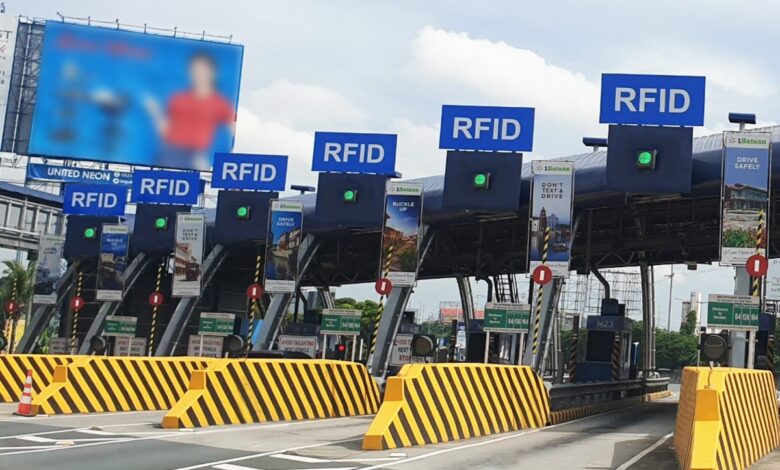
The public transportation landscape is transforming, with the government collaborating with private entities to introduce a network of public-private expressways. This initiative aims to alleviate traffic congestion and expedite commute times by leveraging cutting-edge technology like Radio Frequency Identification (RFID). But how will the recent proposal of one RFID affect our transportation?
Understanding RFID
RFID technology utilizes radio waves to identify objects, animals, or individuals uniquely. Unlike barcodes requiring physical contact for scanning, RFID tags wirelessly transmit data through electromagnetic coupling. This facilitates efficient and secure application identification processes, including access control and inventory management.
RELATED: Unveiling the Bataan-Cavite Interlink Bridge: What You Need to Know
The Mechanism Behind RFID:
An RFID system comprises three key components:
- Transceiver: This unit, including the scanning antenna, emits signals to activate the RFID tag.
- Transponder: Commonly known as the RFID tag, it receives the signal, retrieves the requested data, and transmits it back.
- Scanning Antenna: This acts as the bridge, facilitating communication between the transceiver and the transponder.
The read range, or the distance at which the system can effectively read the tag, depends on factors like tag and reader types, operating frequency, and environmental interference.
Challenges of Universal RFID
While the prospect of a single, universal RFID tag for all motorists holds immense appeal, practical roadblocks emerge. The Department of Public Works and Highways (DPWH) seeks interoperability, enabling the use of existing RFID tags (e.g., AUTO SWEEP or EASY TRIP) across different toll operators. However, achieving this currently necessitates manual processes, such as scheduling appointments and visiting customer service centers, resulting in time-consuming endeavors. Additionally, the ongoing pandemic emphasizes the impracticality of such large-scale in-person interactions.
The vision of a universal RFID system undoubtedly faces significant hurdles. Even though having one tag for everything isn’t quite here yet, technology is always improving. As things progress, these special lanes and RFID tags might become even more efficient and convenient, making your travels faster and smoother!
But hey, what are your thoughts about having one RFID?

